Spice Up Your Life: The Ultimate Guide to Middle Eastern Seasonings You Can’t Live Without!
Table of Contents
- Why Middle Eastern Seasonings Are a Game Changer
- Top 5 Must-Have Middle Eastern Seasonings
- Deep Dive: What Makes Each Spice Unique?
- Flavor Pairing Magic: How to Use These Spices Like a Pro
- Buying Guide: Choosing the Best Middle Eastern Seasonings
- Final Thoughts: Take Your Kitchen Global with These Flavorful Finds
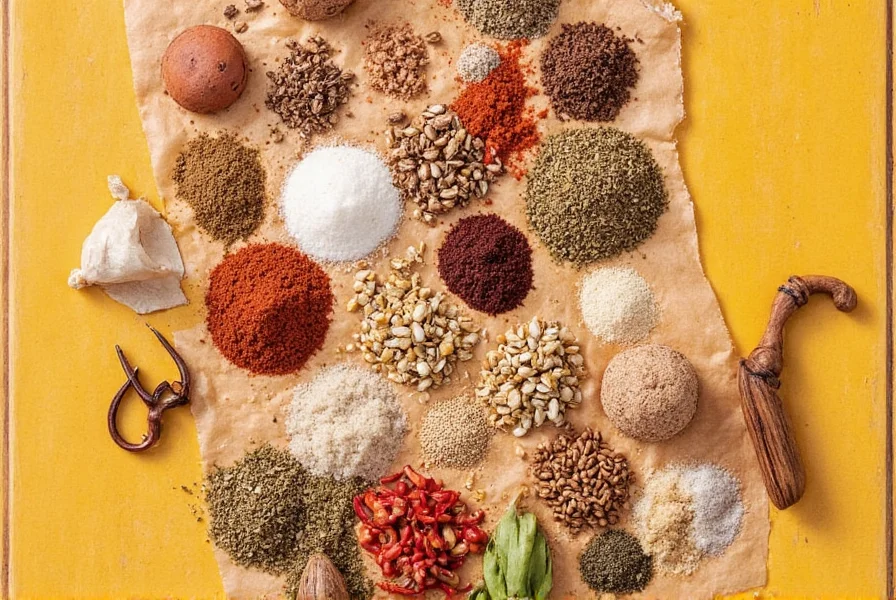
Why Middle Eastern Seasonings Are a Game Changer
If you’ve ever bitten into a warm, za’atar-dusted pita or inhaled the smoky aroma of a shawarma sizzling on the grill, you already know that Middle Eastern cuisine is nothing short of magical. At the heart of that magic? Middle Eastern seasonings. These aren’t just spices—they’re flavor bombs that have been perfected over centuries across diverse cultures from Lebanon to Morocco.
Whether you're a culinary pro or just someone who loves to jazz up their weeknight dinner, these spices will instantly elevate your cooking. They’re versatile, bold, and packed with layers of flavor that can transform even the simplest ingredients into something spectacular.
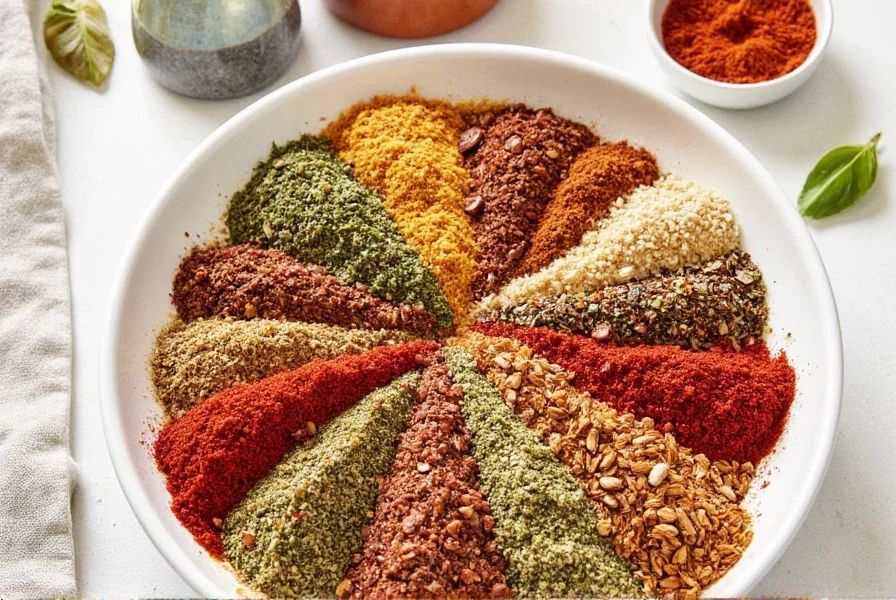
Top 5 Must-Have Middle Eastern Seasonings
Ready to stock your spice rack like a Middle Eastern chef? Here are five essential seasonings you should absolutely have in your kitchen:
- Za’atar
- Ras el Hanout
- Dukkah
- Sweet Smoked Paprika (Pimentón)
- Sumac
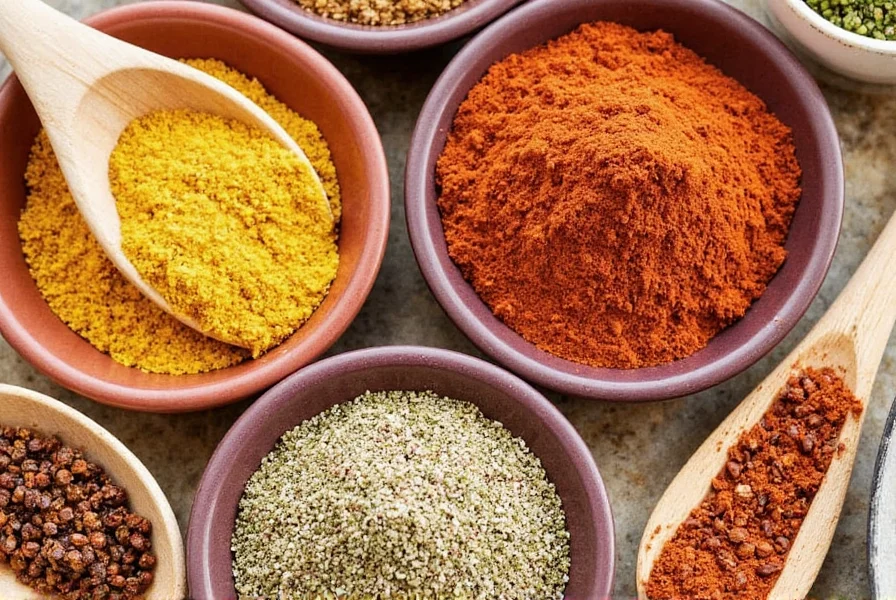
Deep Dive: What Makes Each Spice Unique?
Za’atar – The Queen of Herbs
Za’atar is more than just a blend—it’s a cultural icon in many Middle Eastern countries. Typically made with dried thyme, sumac, sesame seeds, and salt, this aromatic mix brings a tangy, earthy flavor that pairs beautifully with flatbreads, roasted vegetables, and grilled meats.
| Flavor Profile | Best For | Usage Tip |
|---|---|---|
| Earthy, Tangy, Nutty | Pita dipping, seasoning for baked goods | Mix with olive oil and drizzle over warm bread |
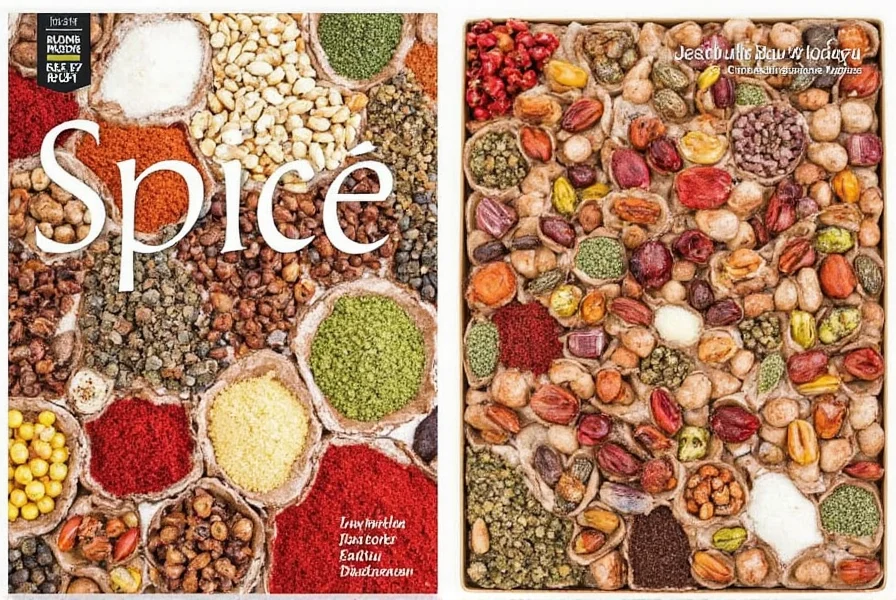
Ras el Hanout – The Sultan of Spices
This North African blend (meaning “top of the shop” in Arabic) is a complex mixture that can contain anywhere from 10 to 30 different spices. Traditionally reserved for special dishes, it brings warmth, depth, and a hint of sweetness.
| Flavor Profile | Best For | Usage Tip |
|---|---|---|
| Warm, Earthy, Slightly Sweet | Stews, lamb dishes, rice | Add at the beginning of slow-cooking to infuse flavors deeply |
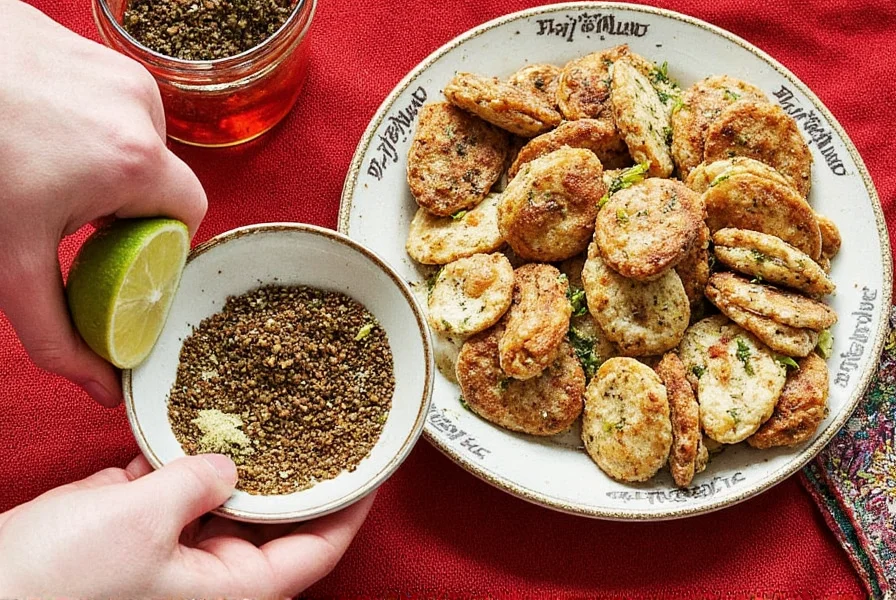
Dukkah – The Crunchy Wonder
Hailing from Egypt, dukkah is a fragrant blend of nuts, seeds, and spices—usually including hazelnuts, coriander, cumin, and sesame. It adds not only flavor but also texture when used as a crust or dip enhancer.
| Flavor Profile | Best For | Usage Tip |
|---|---|---|
| Nutty, Toasty, Aromatic | Cheese dips, chicken crusts, avocado toast | Dip olive oil-soaked bread into dukkah for an instant appetizer |
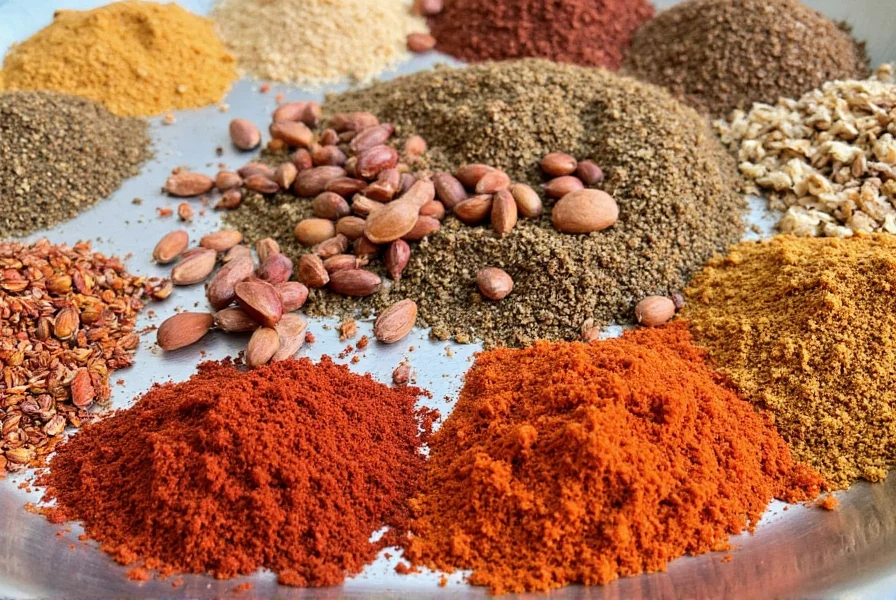
Sweet Smoked Paprika – The Secret Smokehouse
While not native to the Middle East, sweet smoked paprika has become a staple in many modern Middle Eastern kitchens due to its rich, smoky-sweet profile. It complements both meat and plant-based dishes.
| Flavor Profile | Best For | Usage Tip |
|---|---|---|
| Smoky, Mildly Sweet | Grilled veggies, hummus, lamb kebabs | A little goes a long way—start with a pinch |
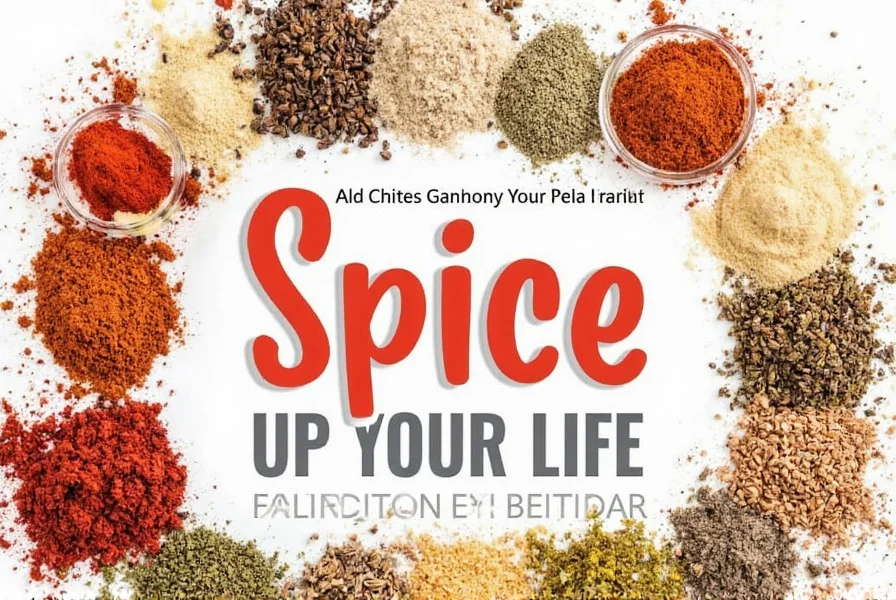
Sumac – The Citrusy Brightener
With its tart, lemony flavor, sumac is a go-to for brightening up heavy dishes. Used whole or ground, it’s perfect for garnishing salads, yogurt sauces, and grilled meats.
| Flavor Profile | Best For | Usage Tip |
|---|---|---|
| Tart, Lemon-like | Fattoush salad, grilled fish, labneh | Sprinkle liberally before serving to add zesty flair |
Flavor Pairing Magic: How to Use These Spices Like a Pro
Using Middle Eastern seasonings effectively isn’t just about sprinkling them on top—it’s about layering flavor. Here are some pro tips:
- Bake it in: Add ras el hanout to dough or batter for infused flatbreads or savory pastries.
- Marinate wisely: Combine sumac and garlic for a zesty marinade on chicken or lamb.
- Toast your spices: Gently warming spices like dukkah enhances their aromatics and flavor intensity.
- Create custom blends: Mix za’atar with crushed chili flakes and black pepper for a spicier version.
- Pair with yogurt: Sumac and yogurt are a match made in heaven—perfect for creamy dips and sauces.
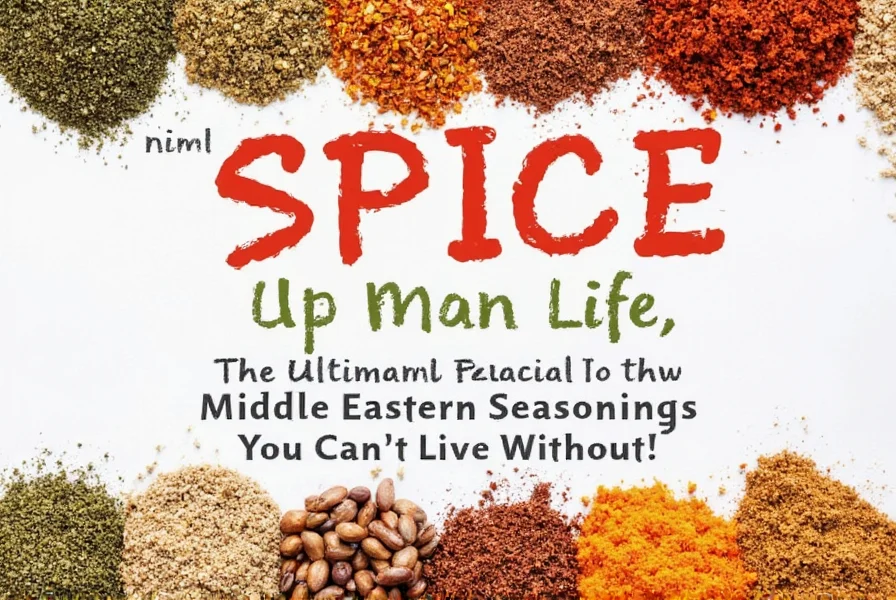
Buying Guide: Choosing the Best Middle Eastern Seasonings
Not all spices are created equal. Here’s how to pick the best ones to keep your pantry stocked with authentic flavor:
Look for Quality Ingredients
The fewer additives, the better. Opt for brands that list whole ingredients like real sesame seeds, wild thyme, and freshly ground spices without fillers or preservatives.
Check the Source
Where were these spices grown? Za’atar from Lebanon or Israel tends to be more authentic than generic store blends. Dukkah from Egyptian or Australian producers often offers superior nut quality.
Storage Matters
Once opened, store your seasonings in airtight containers away from heat and sunlight. Ground spices last about six months, while whole spices stay fresh longer.
Try Before You Commit
If possible, buy small quantities first. Taste test each brand and see which one works best for your palate.
Our Top Picks for Middle Eastern Seasonings
| Name | Features | Advantages | Best For | Price Range |
|---|---|---|---|---|
| Za’atar by Greenway Naturals | Hand-blended, organic ingredients | High-quality thyme and sesame seeds | Authentic Levantine dishes | $9–$12 |
| Ras el Hanout by Al Wadi | 24-spice blend, traditionally sourced | Perfect balance of heat and sweetness | Slow-cooked stews and lamb | $11–$14 |
| Egyptian Dukkah by Mama Zara | Fresh hazelnuts, hand-ground spices | Crunchy texture with deep flavor | Dips, coatings, and toasts | $8–$10 |
| Sumac by Nature's Way | Organic, no added chemicals | Vibrant citrus notes | Garnishing and dressings | $6–$8 |
| La Chinata Sweet Smoked Paprika | Spanish-made, cold-smoked | Smooth, deep smokiness | Grilled meats and spreads | $7–$9 |
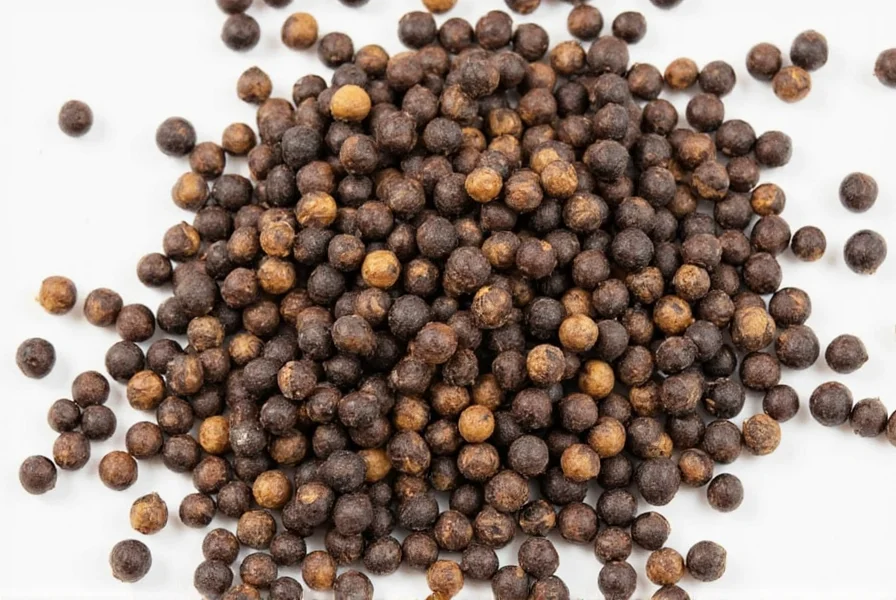
Final Thoughts: Take Your Kitchen Global with These Flavorful Finds
Middle Eastern seasonings aren’t just a trend—they’re a doorway to centuries-old culinary traditions packed with vibrant flavors. Whether you're roasting eggplant, marinating lamb, or simply upgrading your avocado toast, these spices bring authenticity, depth, and excitement to every bite.
So why stick to the same old salt and pepper? Spice up your life and let your taste buds travel to the bazaars of Marrakech, the hills of Lebanon, and the spice markets of Cairo—all from the comfort of your own kitchen.
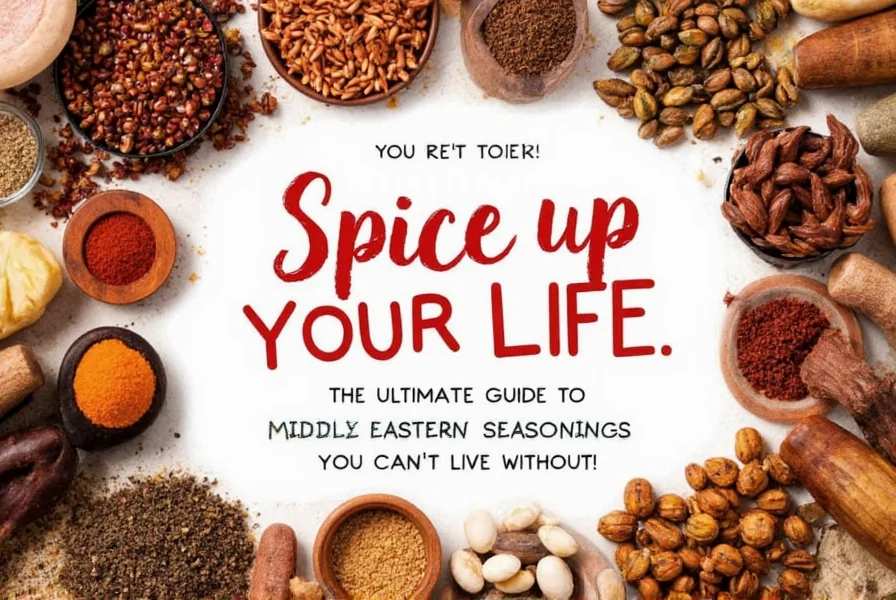
Happy seasoning, flavor explorers!

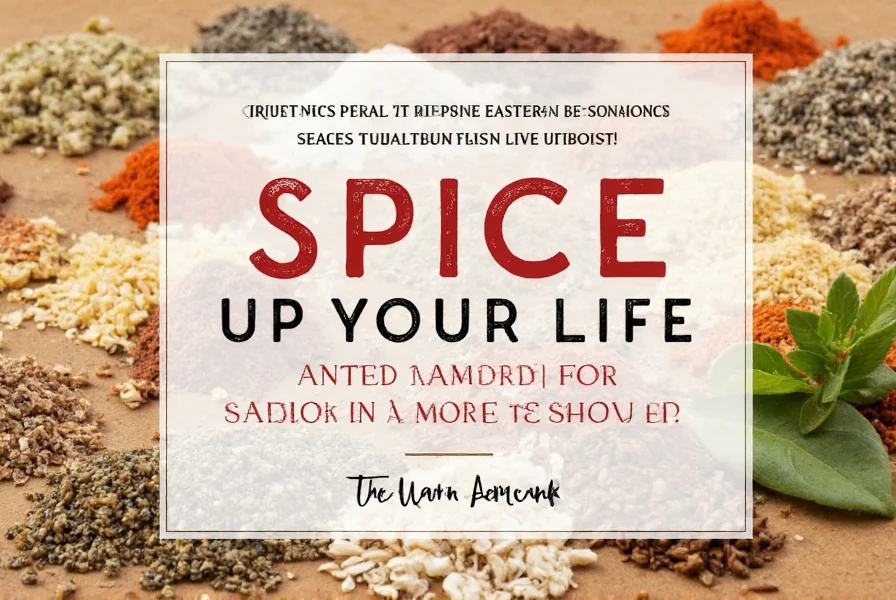









 浙公网安备
33010002000092号
浙公网安备
33010002000092号 浙B2-20120091-4
浙B2-20120091-4